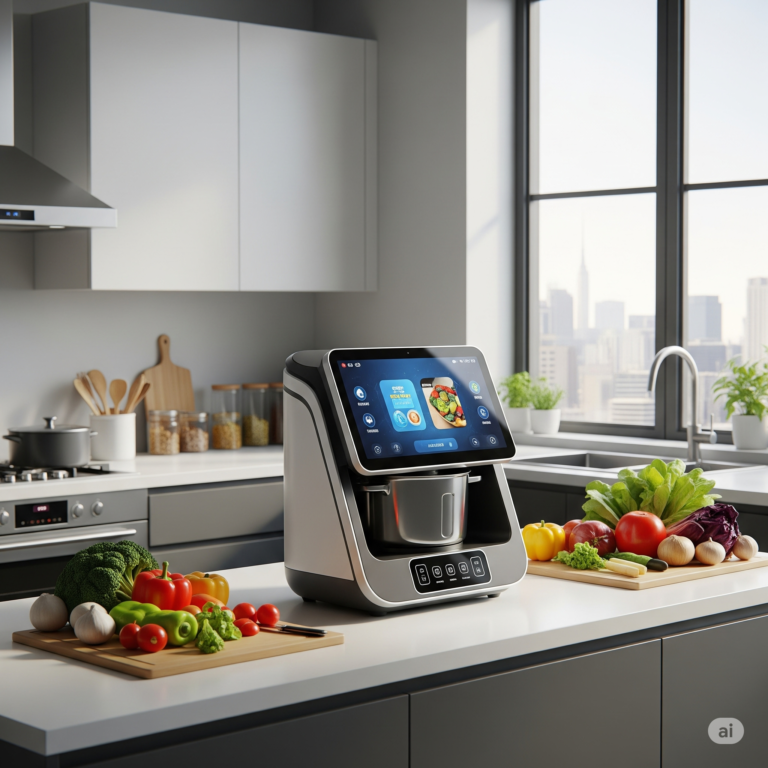Introduction
In today’s fast-paced corporate world, sedentary behavior has become a silent health hazard. With employees spending long hours sitting at desks, health experts are emphasizing the importance of movement in the workplace.
Joel Heath, founder of FluidStance, highlights that the human body is designed for movement. Micro-movements—small, consistent shifts in posture—can engage stabilizer muscles, improve circulation, boost energy, and enhance cognitive function. As workplace wellness transitions from being a perk to an expectation, companies that fail to integrate movement into their culture risk lower productivity and increased employee dissatisfaction.
The Dangers of a Sedentary Work Environment
1. Health Risks of Prolonged Sitting
- Raises the likelihood of heart disease, obesity, and diabetes.
- Leads to poor posture, back pain, and musculoskeletal disorders.
- Reduces blood circulation, causing fatigue and reduced mental clarity.
2. Impact on Mental Health
- Sedentary behavior is linked to higher levels of stress, anxiety, and depression.
- Lack of movement can lead to reduced dopamine levels, affecting motivation and mood.
- Employees who sit for long periods report lower job satisfaction and increased burnout.
Understanding Micro-Movements: Small Changes, Big Benefits
1. What Are Micro-Movements?
- Subtle physical movements that engage muscles and promote circulation.
- Can include shifting weight while standing, adjusting posture, and stretching.
- Unlike traditional exercise, micro-movements are easy to integrate into daily routines.
2. Physical Benefits of Micro-Movements
- Activates stabilizer muscles, improving balance and core strength.
- Enhances blood flow and oxygen circulation, reducing fatigue.
- Lowers risk of repetitive strain injuries (RSIs) and stiffness.
3. Cognitive and Productivity Boost
- Stimulates brain function, leading to better focus and problem-solving skills.
- Increases energy levels, preventing afternoon slumps.
- Encourages creativity, helping employees generate innovative ideas.
The 70:20:10 Routine: A Balanced Approach
Joel Heath advocates for a structured approach to incorporating movement in the workplace:
1. 70% Sitting
- Use ergonomic chairs and maintain proper posture.
- Set the chair height so that your feet rest comfortably on the floor.
- Take micro-breaks every 30-45 minutes to stretch and realign posture.
2. 20% Standing on a Balance Board
- Engages core and lower body muscles.
- Alleviates spinal pressure, boosts circulation
- Enhances stability and balance without disrupting workflow.
3. 10% Active Movement
- Includes walking meetings, stretching breaks, and light exercises.
- Employees can engage in desk yoga or simple mobility drills.
- Encourages team participation for collective workplace wellness.
Practical Strategies to Integrate Micro-Movements at Work
1. Create a Movement-Friendly Work Culture
- Encourage employees to stand up and move every hour.
- Promote active workstations with standing desks or balance boards.
- Implement gamification by rewarding employees who meet movement goals.
2. Design an Active Office Environment
- Use adjustable desks and ergonomic chairs.
- Create collaborative spaces that require walking and movement.
- Provide walking paths or access to outdoor spaces for short breaks.
3. Utilize Technology to Encourage Activity
- Use reminder apps to prompt micro-movements throughout the day.
- Incorporate wearable devices to track step counts and activity levels.
- Offer virtual wellness challenges to promote engagement.
4. Encourage Active Meetings and Breaks
- Introduce walk-and-talk meetings instead of sitting in conference rooms.
- Schedule movement breaks during long work sessions.
- Provide space for meditation, stretching, or light workouts.
The Role of Employers in Workplace Wellness
1. Why Companies Need to Prioritize Movement
- Higher Productivity: Employees with higher energy levels perform better.
- Lower Healthcare Costs: Reducing sedentary-related illnesses lowers medical expenses.
- Employee Retention: A culture of wellness improves job satisfaction and reduces turnover.
2. Successful Examples of Movement-Friendly Workplaces
- Google: Provides on-site gyms and standing desks.
- Microsoft: Encourages walking meetings and movement-based workstations.
- Salesforce: Implements wellness programs focused on active breaks.
The Future of Workplace Wellness
1. A Shift Toward Holistic Well-Being
- Companies are recognizing that physical movement impacts mental health and productivity.
- Future workplaces will emphasize integrated wellness solutions.
2. Emerging Trends in Workplace Movement
- AI-driven ergonomic workstations that adjust to individual needs.
- Smart desks and chairs that promote movement through reminders.
- VR-based wellness programs that encourage micro-movements in immersive environments.
Conclusion
Workplace wellness is no longer an optional perk—it is an expectation. Micro-movements are a simple yet effective way to enhance employee well-being, boost productivity, and create a healthier work environment.
By integrating movement-friendly policies, ergonomic solutions, and active workspaces, companies can ensure that employees remain engaged, energized, and mentally focused throughout the day. The future of work lies in embracing motion over stagnation, making movement a natural part of everyday office life.









+ There are no comments
Add yours